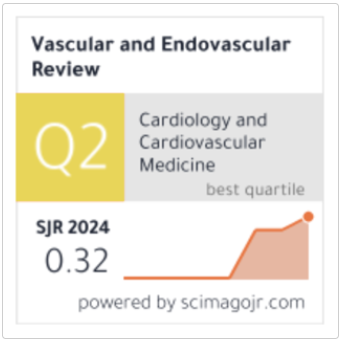Eco-Friendly Synthesis of Silver Nanoparticles Using Red Onion (Allium cepa L.) Peel Extract with Ultrasound and Their Efficacy as Antimicrobial Agents
Keywords:
Green synthesis; Silver nanoparticles; Red onion peel; Ultrasonic synthesis; Antimicrobial activity; Nanosuspension; Agricultural waste valorization; Sustainable nanotechnologyAbstract
The development of new effective and sustainable antimicrobial agents is crucial in combating the growing global crisis of antimicrobial resistance. In this work, we report the first complete study of green ultrasound-assisted synthesis of silver nanoparticles (AgNPs) using peel extract of Libyan red onion (Allium cepa L.) which serves as both the reducing and stabilizing agent, thus demonstrating the valorization of agricultural waste into valuable nanomaterials. The gas chromatography-mass spectrometry (GC-MS) analysis performed showed the extract possessed some bioactive compounds such as 9,12-octadecadienoic acid (52.64%), dipropyl disulfide (36.31%), and dipropyl trisulfide (22.16%), which are known to promote synergistically the reduction of metal ions to nanoparticles. The ultrasonic synthesis parameters of 60% amplitude with 5s/2s pulse cycles for 15 minutes produced remarkable monodispersed spherical AgNPs. Their comprehensive characterization using scanning electron microscopy (SEM) and atomic force microscopy (AFM) showed the formed nanoparticles were stable and crystalline with an average hydrodynamic diameter of 74.2 nm, narrow size distribution (PDI = 0.18), and excellent colloidal stability (ζ-potential = -31.22 mV). Furthermore, dynamic light scattering (DLS), UV-visible spectroscopy, and X-ray diffraction (XRD) also confirmed the spherical shape of the nanoparticles. High quality nanoparticle formation was also confirmed by surface plasmon resonance at 428 nm with narrow full-width at half-maximum (FWHM = 78 nm).
The synthesized AgNPs showed marked broad-spectrum antimicrobial activity against pathogenic microorganisms, revealing zones of inhibition of 27.0±0.82 mm against Staphylococcus aureus, 27.8±0.69 mm towards Klebsiella pneumoniae, 28.7±0.51 mm towards Candida albicans, and 26.06±0.96 mm towards Aspergillus niger, outperforming conventional antibiotics in many cases. Their hydrophilic properties enhanced dispersibility and bioavailability, further driving antimicrobial efficacy. This environmentally friendly approach mitigates the antimicrobial resistance crisis while simultaneously addressing the problem of agricultural waste, providing a robust platform for the development of next-generation antimicrobial agents, which could be used for food preservation, in biomedical devices, and in pharmaceutical formulations.








